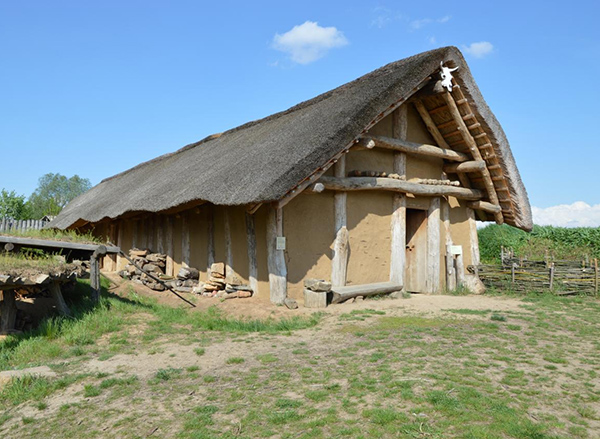
The building materials of the future will be hemp, straw, or even fungi fibers
 |
From the survey, which also took place in countries such as Slovakia, Italy, the United Arab Emirates, the USA, and Great Britain, seven main trends have emerged that currently influence global architecture. These include sustainability, carbon-neutral buildings, a focus on the comfort and satisfaction of users, buildings designed as part of the environment, resilience to extreme weather conditions, renovations and changes in the use of buildings, and greater urban densification.
According to the survey, materials of the future are important for sustainability. Eight out of twelve countries indicated that wood will be used more. And 66 percent mentioned hemp, which can be used as a form of hemp concrete and insulation. Five countries, including the Czech Republic, have similarly high expectations for straw and other grasses, while three countries anticipate that mycelium (mushroom fibers) will play a significant role. "All of these biomaterials are highly sustainable, absorbing carbon dioxide during growth and then conserving it in the structure of the building for decades," said Adam Vostárek, an expert from PlanRadar.
Another option will be the so-called materials of the new millennium, according to the survey. For example, Italian experts predict that architects will soon make more use of graphene (a super-thin form of carbon), eco-friendly photocatalytic paints, regenerated nylon, and composite materials made of a blend of concrete and carbon fibers. "Gradually, there will also be an increase in demand for bioconcrete or transparent translucent concrete, which is a unique combination of concrete and plexiglass," added Vostárek.
All 12 countries agreed that sustainability affects the construction of buildings, and ten labeled carbon neutrality of buildings as important. Eight out of 12 countries cite water saving as a common feature of future architecture, while seven talk about the circular economy.
The English translation is powered by AI tool. Switch to Czech to view the original text source.
0 comments
add comment










